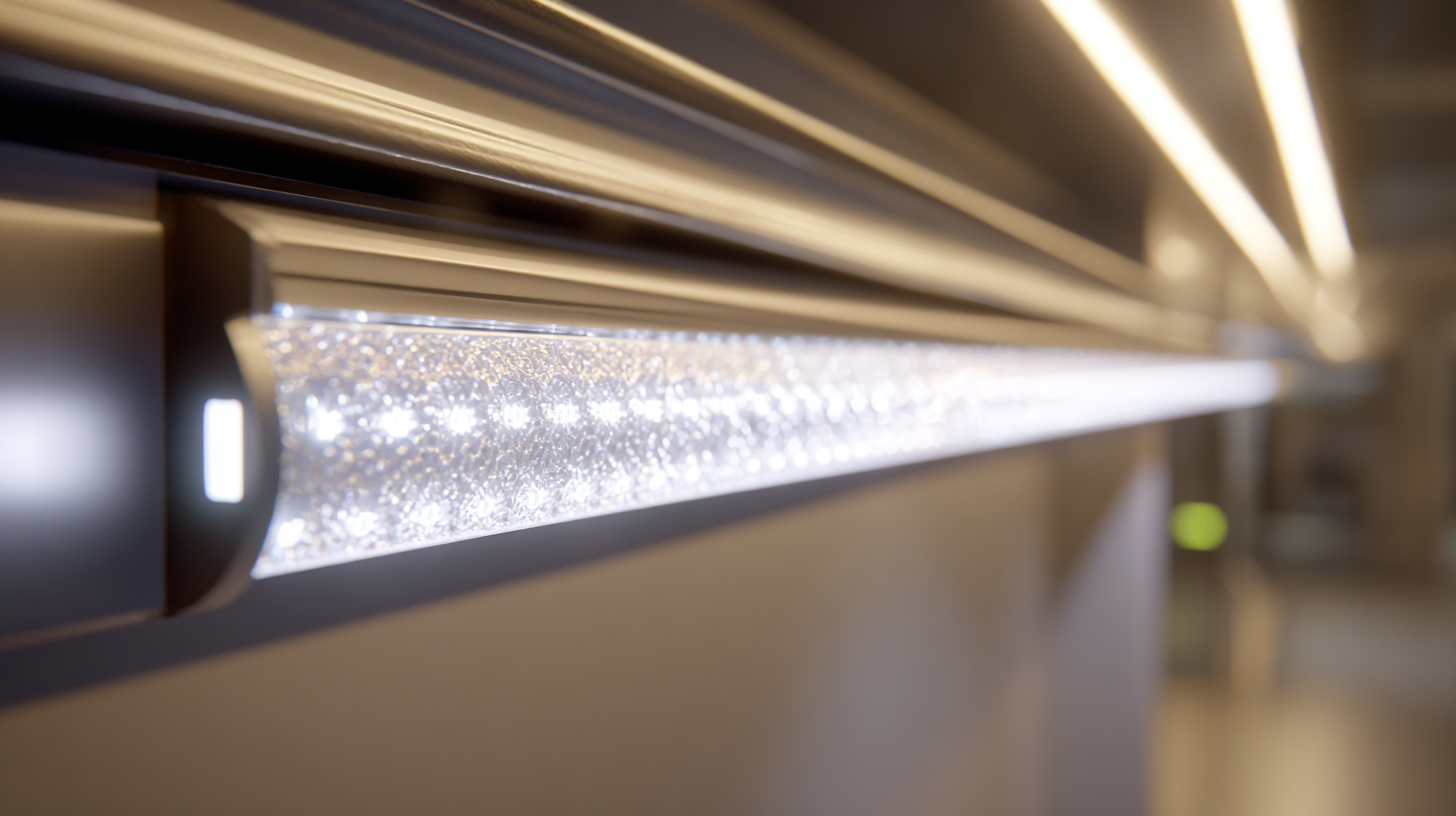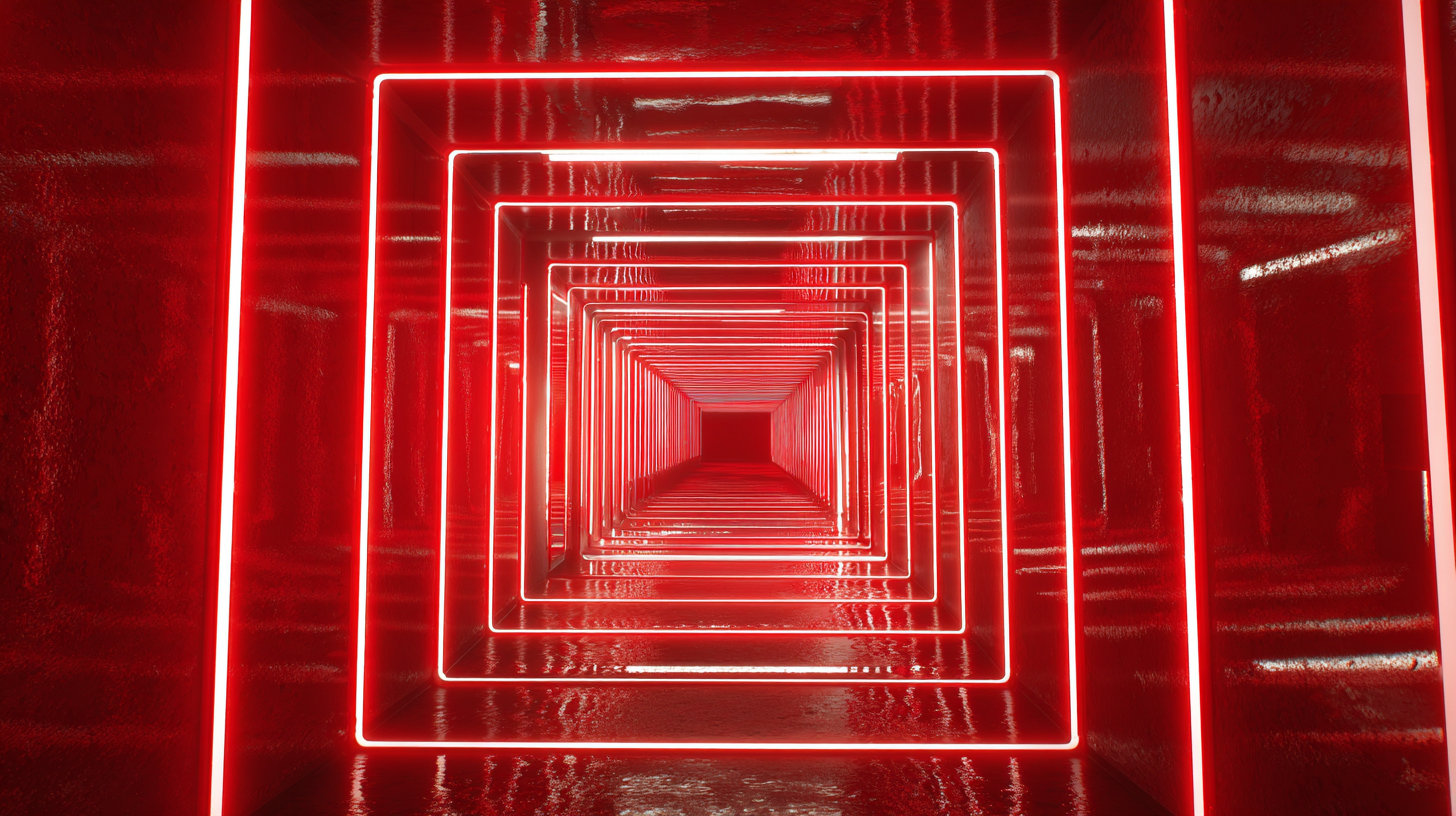The Future of Smart LED Exit Lights Innovations and Sustainability
In recent years, the demand for energy-efficient lighting solutions has surged, making LED exit lights a focal point in commercial and residential safety strategies. According to a report by the U.S. Department of Energy, LED lighting, including LED exit lights, consumes at least 75% less energy and lasts 25 times longer than incandescent lighting, highlighting the importance of these innovations in reducing overall energy consumption and operational costs. As sustainability becomes an imperative for businesses and institutions worldwide, the evolution of smart LED exit lights is paving the way for a future where safety and energy efficiency coexist seamlessly. With advancements in technology enabling features such as real-time monitoring, connectivity, and automated functionality, these exit lights are not just safety measures but also integral components of smart building infrastructure, redefining emergency preparedness in a sustainable manner.

Emerging Technologies in Smart LED Exit Lights for Enhanced Safety
The landscape of emergency lighting is rapidly evolving with the advent of smart LED exit lights that emphasize enhanced safety through emerging technologies. These innovations not only improve visibility in critical situations but also integrate advanced features such as real-time monitoring and adaptive brightness control. Smart LED exit lights are equipped with sensors that can detect occupancy and adjust their illumination accordingly, ensuring that pathways remain illuminated when needed while conserving energy at other times.
Furthermore, the integration of IoT (Internet of Things) capabilities in smart LED exit lights allows for seamless communication between devices. This interconnectedness means that, in the event of an emergency, the lighting system can work collaboratively with other safety mechanisms, like alarms and emergency response systems, to provide a coordinated response. Enhanced safety features, such as self-diagnostic tools, ensure that the exit lights are always operational, providing peace of mind for building managers and occupants alike. With these advancements, smart LED exit lights are paving the way for a more secure and sustainable future in public safety.
Sustainable Materials and Manufacturing Practices for Green Lighting Solutions
As the demand for sustainable solutions grows, the spotlight is on smart LED exit lights to embrace eco-friendly practices. Traditional lighting systems often rely on materials that are not only energy-intensive to produce but also contribute to environmental degradation. By utilizing sustainable materials such as recycled plastics and eco-friendly phosphors, manufacturers can reduce their carbon footprint. According to a report by the U.S. Department of Energy, switching to LED technology can save up to 75% in energy consumption compared to incandescent lights, further underlining the urgency for manufacturers to adopt greener manufacturing methods.
Innovative manufacturing practices are also crucial in achieving sustainability in the production of LED exit lights. Implementing lean manufacturing techniques can minimize waste and reduce the use of harmful chemicals. Additionally, advances in 3D printing technologies provide an opportunity to produce components with less material waste and shorter lead times. A study from the Global Lighting Association highlights that sustainable design not only meets regulatory requirements but can also lead to a 20% reduction in production costs. These advancements in materials and manufacturing not only pave the way for energy-efficient products but also align with global sustainability goals, making smart LED exit lights a valuable investment for a greener future.

Energy Efficiency: How Smart LED Exit Lights Reduce Environmental Impact
Smart LED exit lights are revolutionizing emergency lighting solutions with their impressive energy efficiency and sustainable design. Traditional exit lights often consume substantial energy, leading to a significant environmental footprint over time. In contrast, smart LED exit lights utilize advanced technology that not only minimizes energy consumption but also extends the lifespan of the fixtures. By employing energy-efficient LEDs, these smart lights reduce electricity usage significantly, which translates to lower utility bills for businesses and reduced greenhouse gas emissions.
Moreover, smart LED exit lights come equipped with features such as motion detection and solar power capabilities, further enhancing their sustainability. With motion sensors, the lights only activate when needed, providing illumination during emergencies while conserving energy when the space is unoccupied. Additionally, solar-powered options harness renewable energy, making them an excellent choice for both urban and remote locations. As facilities increasingly adopt these technologies, the collective impact on environmental preservation is profound, marking a significant step towards greener building management practices.

Integration of IoT and Smart Systems in Modern Exit Lighting Solutions
The integration of Internet of Things (IoT) technology into the design of smart LED exit lights is revolutionizing how we approach safety and efficiency in modern building systems. By embedding connectivity and smart systems into exit lights, these solutions can monitor their operational status in real-time, providing immediate alerts for maintenance needs or failures. This capability not only enhances safety during emergencies but also optimizes energy consumption by ensuring lights are only active when needed.
Moreover, the utilization of smart systems in exit lighting allows for greater adaptability to various environments. For instance, sensors can detect occupancy levels or ambient light conditions, automatically adjusting brightness to conserve energy while maintaining visibility. Additionally, data collected from these smart exit lights can be used for predictive maintenance, reducing operational costs and extending the lifespan of the fixtures. As innovation continues, the future of smart LED exit lights looks promising, combining sustainability with unparalleled safety features.
Future Trends in Smart Exit Lighting: Innovations Driving Industry Standards
In the realm of smart exit lighting, advancements are paving the way for enhanced safety and sustainability. Innovations in this sector focus on integrating IoT technology to facilitate real-time monitoring and control of exit lights. As building managers seek to comply with stricter safety regulations, smart LED exit lights equipped with sensors and connectivity options are becoming essential. These technologies ensure that exit signage is always functional, reducing the chances of failure during critical moments.
To maximize the benefits of smart exit lights, building owners should consider investing in energy-efficient models that incorporate solar power. Solar-powered exit lights not only decrease reliance on the electrical grid but also lower operational costs. Additionally, regular maintenance checks are vital; ensuring that lights are clean and functional not only enhances visibility but also prolongs the life of the system.
Furthermore, it's important to stay updated with emerging technologies, such as wireless communication features that allow for remote diagnostics and alerts. This proactive approach can help facility managers quickly address any issues, ensuring that safety measures remain a priority. Embracing these future trends will not only boost safety standards but also contribute to a more sustainable and efficient built environment.

